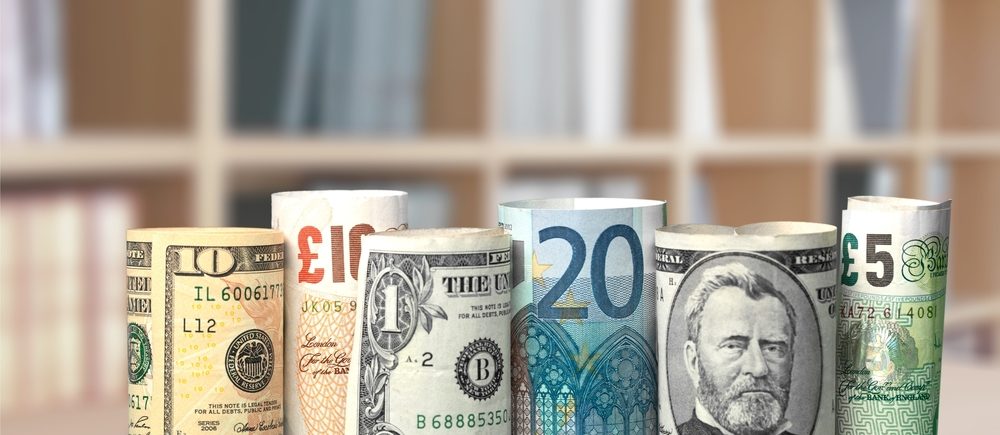The dollar headed for its worst week since September, while other risk-friendly assets from bitcoin to the Australian dollar maintained their recent gains buoyed by easing concerns about the severity of the new COVID-19 mutation.
MSCI’s Asia Pacific shares outside Japan rose 0.2%, and Japan’s Nikkei rose 0.1% after the S&P 500 ended the session at a record closing level.
However, some markets were held back by the imposition of stricter measures to contain the spread of the omicron mutant. Chinese blue chips slid 0.32% on the day after a spike in infections in the northwestern Chinese city of Xi’an of 13 million shut down the city.
Last week, the US Federal Reserve said that it would speed up reducing its massive bond-buying program, it paved the way for three interest rate hikes in 2022, but that hasn’t alarmed markets as it did in 2013 when the Fed cut quantitatively easing after the financial crisis.
Meanwhile, economists believe that the Omicron strain of COVID-19 is unlikely to prevent a second consecutive year of growth above trend, even as they – most importantly epidemiologists and public health experts – are trying to assess the impact of the mutation on health services as its severity declines with its ability to on rapid spread.
While US stock and treasury markets are closed Friday for a holiday, S&P 500 and Nasdaq futures are up 0.66% and 0.8%, respectively, in Asian hours.
Pan-regional futures on the Euro Stoxx 50 Index jumped 1.35%.
In the currency markets, the dollar index, which measures the greenback against six major peers, was at 96.067, little changed on the day but down 0.6% since Friday’s close – marking its worst week since early September.
The dollar lost strength against most currencies, with the exception of the yen, which is another safe haven. The Japanese currency was at $114.38 on Friday and 82.75 against the Australian dollar, roughly the same level in late November when news of the Omicron mutated first emerged.
The Australian dollar was at $0.7236, off a five-week high of $0.7252 overnight, and the British pound, which hit a monthly high of $1.3437 on Thursday, was at $1,341, up 1.4% over the week.
The yield on the benchmark 10-year Treasury was 1.4926 at Thursday’s close, after touching a level greater than a one-week high of 1.5010% earlier in the session as investors sold government bonds as part of risk appetite.
 Noor Trends News, Technical Analysis, Educational Tools and Recommendations
Noor Trends News, Technical Analysis, Educational Tools and Recommendations





